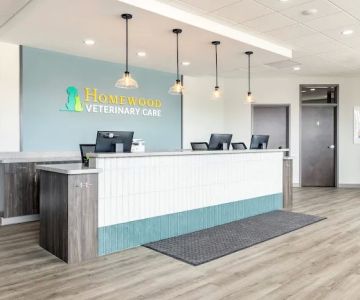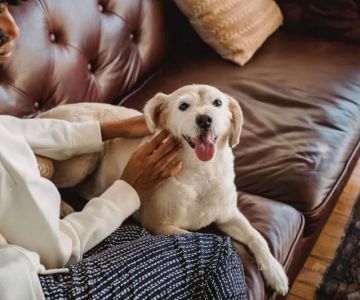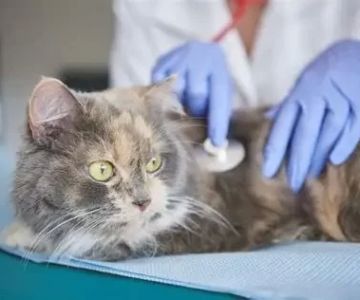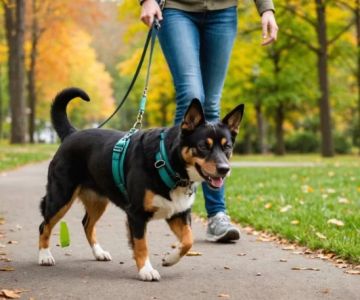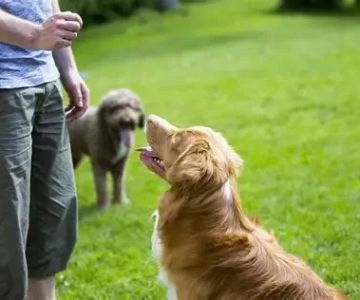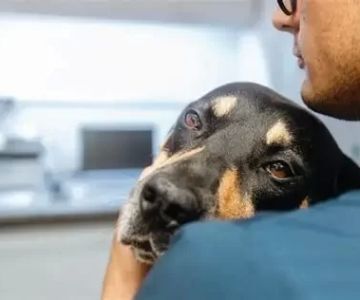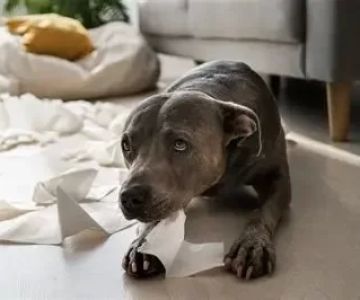Creating a Safe Space for Your Pet at Home: A Personal Guide
As a pet owner, one of the most important things we can do for our furry companions is to ensure they feel safe and secure within our homes. Pets, like dogs and cats, are sensitive to their environments, and providing them with a dedicated safe space can have a positive impact on their emotional well-being. Whether it’s a quiet corner or a special room, here’s how to create the perfect safe space for your pet.
1. Understand Your Pet’s Needs
Before setting up a safe space for your pet, it’s important to understand their specific needs. Some pets, especially dogs, can become anxious or stressed by loud noises, strangers, or even changes in routine. Others might be more independent and enjoy having their own space to retreat to when they need a break. My own dog, Max, a golden retriever, tends to get a bit nervous when there are too many people around, so I’ve made sure to create a space that allows him to escape and feel safe when needed.
Observe your pet’s behavior closely. Does your cat hide under the bed when visitors come over? Does your dog seek shelter in a quiet corner when thunderstorms strike? These behaviors can give you clues about where and how to create their safe zone.
2. Choose the Right Location for Their Safe Space
The first step in creating a safe space is choosing the right location. It should be a quiet and comfortable area away from the bustle of daily activities. For instance, a spare bedroom, a quiet hallway, or even a secluded part of the living room could work. It’s essential that the space feels isolated enough to keep your pet calm, but not so far away that they feel excluded from family life.
When I was setting up Max’s safe space, I chose a corner of the living room that was far enough from the front door and the kitchen. This spot allows him to stay near the family while still being able to retreat if things get too hectic.
3. Provide Comfortable Bedding and Toys
A safe space should always have comfortable bedding where your pet can rest and feel cozy. For dogs, this might mean a soft bed or a blanket they can curl up on. Cats, on the other hand, might prefer a soft rug or a perch where they can observe the room without feeling threatened.
In addition to bedding, make sure to include some of your pet’s favorite toys or items that smell familiar. My dog, Max, has a specific squeaky toy that he loves, and I always make sure it’s in his safe space to provide him with comfort and a sense of security. Familiar smells, like a piece of your clothing, can also be very comforting for pets, especially during stressful situations.
4. Consider the Lighting
Lighting is another important factor when creating a safe space. Too much light can feel overstimulating, while too little can make the space feel isolated or unsettling. It’s best to have soft, natural light coming through the space if possible. You could even add a small night light if your pet is prone to anxiety during the night.
I found that Max feels most comfortable when he has access to natural light. I placed his bed near a window that lets in just the right amount of sunshine, so he can relax and nap throughout the day.
5. Keep the Space Clean and Safe
When setting up your pet’s safe space, cleanliness is crucial. A clean area will help prevent stress and health issues. Ensure that the area is free of any hazards like toxic plants, electrical cords, or sharp objects that could harm your pet. For dogs and cats, make sure there’s nothing that they could chew or swallow, as these could lead to injury or illness.
Max’s safe space includes a few plush toys, a comfy bed, and water within reach. Everything in the space is chosen with his safety and comfort in mind. Regularly cleaning the area also ensures that it stays fresh and inviting.
6. Introduce the Space Gradually
Once you’ve set up the space, it’s important to introduce it gradually to your pet. Some animals may take time to adjust to a new area. Allow them to explore the space at their own pace and avoid forcing them to go into the space if they seem hesitant. The goal is to make the area feel like a positive, comforting retreat rather than a punishment.
With Max, I started by placing some of his favorite treats in his safe space to encourage him to go there. After a few days of positive reinforcement, he began to see the space as his own special retreat. Now, he often chooses to relax in his safe spot when he needs a break from the day’s activities.
7. Provide Regular Reassurance and Interaction
Although the goal of the safe space is to provide your pet with a retreat, it’s essential that they don’t feel abandoned. Regularly check in with them and offer gentle affection or interaction. This ensures that they feel secure and know they can reach out to you when they need comfort.
Even though Max has his safe space, I make sure to spend quality time with him outside of it. Whether it’s a walk, playtime, or just sitting together, these moments help reinforce his sense of security in the home. The more you bond with your pet, the more they will trust their environment.
8. Adjust as Needed
As time goes on, you might find that your pet’s needs change, and their safe space might need to be adjusted accordingly. Pets, like people, have evolving needs, and their comfort zone might shift as they age or as their behavior changes. For example, an older dog might need a softer bed or a quieter area, while a puppy may appreciate more play-oriented items.
It’s important to observe your pet and adjust the safe space to keep it aligned with their needs. Max, for example, became more sensitive to noise as he aged, so I made sure to add some calming music to his safe space to help him relax during thunderstorms.


